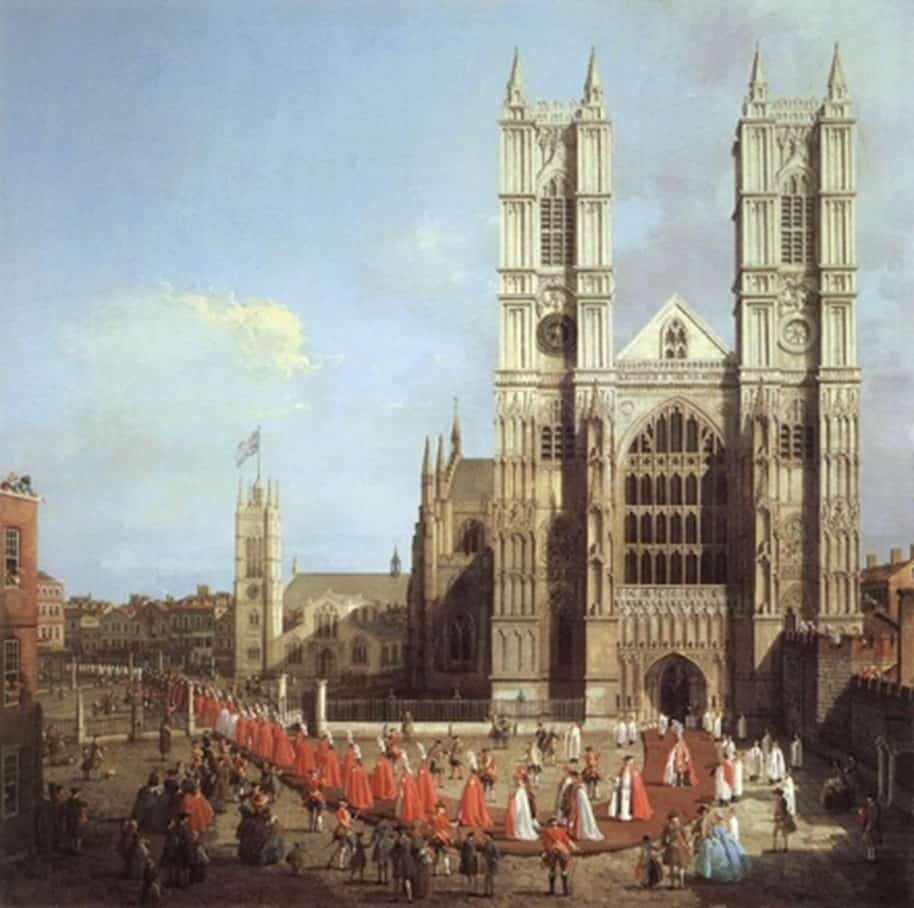
- This course has passed.
London’s Villages and the Growth of the City
April 23 - June 25
10.45 – 12.45 Tuesdays
£73.00 – £610.00

Description
London is a collection of villages – to a degree greater than any other world city. Medieval villages expanded, particularly in the Georgian and Victorian periods. And, as the fields between those villages were built on, the capital coalesced into one huge conurbation. But, still, within those villages, you can see their distinctive old heart, wrapped around the village church, with rings of development around them. It is in learning about the villages that you work out how different parts of London grew up at different times and you get a bird’s eye view of the mushrooming of the city. There will be a walk around each village, explaining its origin and how it was subsumed into the greater London whole.
“Thanks for the new brochure for next season’s programme. It is most interesting and I will certainly be attending at least three courses; it is difficult to decide which not to attend! You have got very good lecturers who have vastly increased my knowledge”.
Course Outline
23 April 2024 – City of London
The original Londinium is still today based on its Roman layout. St Paul’s Cathedral is built on the site of the old Temple of Venus. The Royal Exchange is on the site of the Roman forum or marketplace. This is the beginning of the world’s greatest city, a small village that spread and spread to engulf all the outlying villages.
30 Apr 2024 – City of Westminster
After the City of London, Westminster is London’s other leading early development. It may be impossibly grand today but, in essence, Westminster Abbey and the Palace of Westminster are the gloriously enlarged version of the traditional village model of the church plus manor house with residences clustered all around.
07 May 2024 – Kensington
The medieval village of Kensington was a sleepy spot until the late 17th century when William III built Kensington Palace here. Grand squares, such as Kensington Square, shot up but, still, you can see the rural roots of Kensington, with its fields, now Hyde Park, to the east, and the parish church of Kensington to the west.
14 May 2024 – Covent Garden and Bloomsbury
The estate of the Earl of Bedford (later the Dukes of Bedford) centred around a medieval convent that in time became Covent Garden. It was here in 1631 that the Earl commissioned the great Inigo Jones to create “houses and buildings fit for the habitations of Gentlemen and men of ability”. The Bedford estate was developed further north into Bloomsbury, with Bloomsbury Square (originally Southampton Square), the first garden square, built in 1662. The idea of garden squares was to bring the country into the town, preserving the village look in the centre of the city.
21 May 2024 – St James’s
St James’s was London’s first purpose-built suburban village. St James’s Palace was originally a medieval leper hospital. But it wasn’t until 1662 that Henry Jermyn (as in Jermyn St) laid out St James’s Square, London’s first garden square; well, first equal, built in the same year as Bloomsbury Square. The village church of St James’s Piccadilly was built in 1684 by Christopher Wren – and so the kernel was created for layers of Georgian and Victorian terraces to be wrapped around.
28 May 2024 – Chelsea
Chelsea was a small medieval riverside village, clustered around Chelsea Old Church, until Charles II popularised it in the late 17th century. He founded the Royal Hospital Chelsea in 1682 for army pensioners. The King’s Road is named after him. In the 18th and 19th centuries, the Cadogan estate owned by the Cadogan family since the early 18th century developed it to become the fashionable village it remains today.
04 June 2024 – Islington
The medieval village of Islington remained separated from the City of London right into the Georgian era. Then, as the City boomed, it became an early dormitory village with City workers living in the lines of terraces, many of them built by Thomas Cubitt, snaking around Islington’s rebuilt Georgian church. Gradually the development spread out of Islington to meet the expanding City.
11 June 2024 – Mayfair
Mayfair was an outlying marsh on the edges of London in the late 17th century when the Welsh heiress Mary Davies married Lord Grosvenor, a Cheshire landowner. Grosvenor and his descendants, the Dukes of Westminster, proceeded to build London’s grandest village, spreading outwards from Grosvenor Chapel, built on South Audley Street in 1730.
18 June 2024 – The Borough and Southwark
The transpontine suburb of the City, already an important suburb of Roman Londinium, which developed around the bridgehead of London Bridge, the only Thames crossing until the mid18th century. At its centre is Southwark Cathedral, the impressive remnant of the Augustinian priory of St Mary Overie. It was an area heavily populated with inns, of which the George Tavern remains, theatres such as the Globe, residences for church dignitaries, notably the palace of the Bishops of Winchester, and the magnificent Borough Market.
25 June 2024 – Whitechapel and Spitalfields
Whitechapel was the village on the ancient road to Essex from the City. It developed as a suburb in the medieval period and over the course of its history experienced dramatic change from well-to-do merchant and industrial neighbourhood, recalled by the fine houses in the streets in the neighbouring parish of Spitalfields, to decay and slumdom in the Victorian period, destruction in the Blitz and regeneration in the present century.